Discovering Iran Through the Eyes of Eva Zu Beck
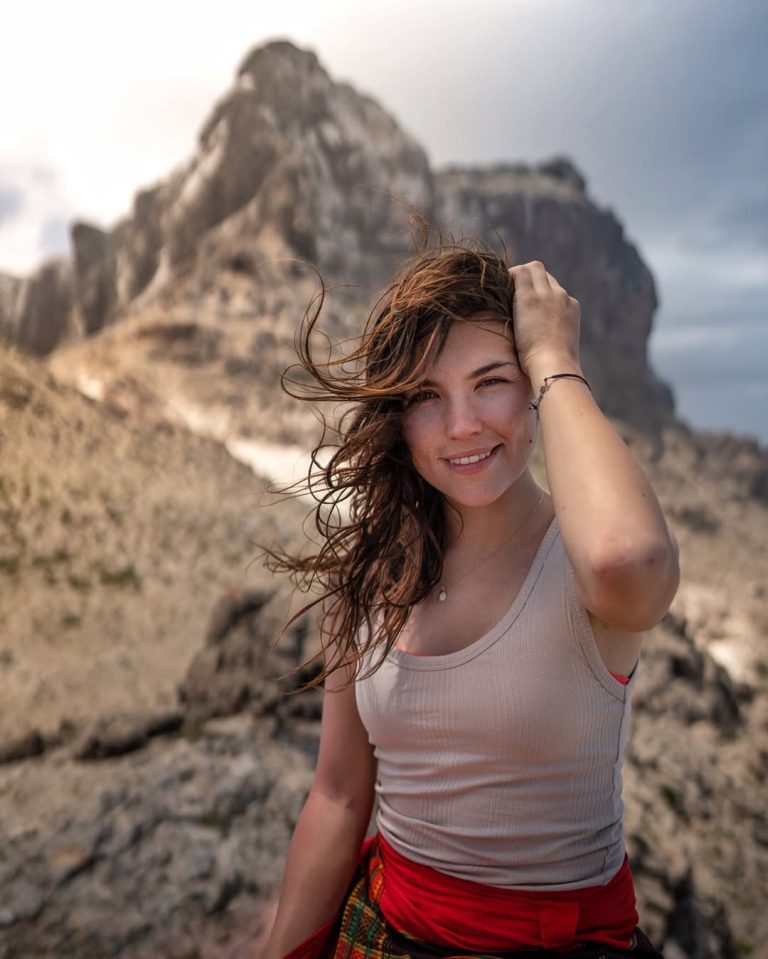
A Traveler’s Journey Through Iran
Eva Zu Beck is a well-known travel content creator who explores lesser-known and misunderstood destinations. With a passion for deep cultural experiences, she visited Iran to see beyond the stereotypes and share the country’s real story. What she discovered was a land of beauty, warmth, and unforgettable hospitality.
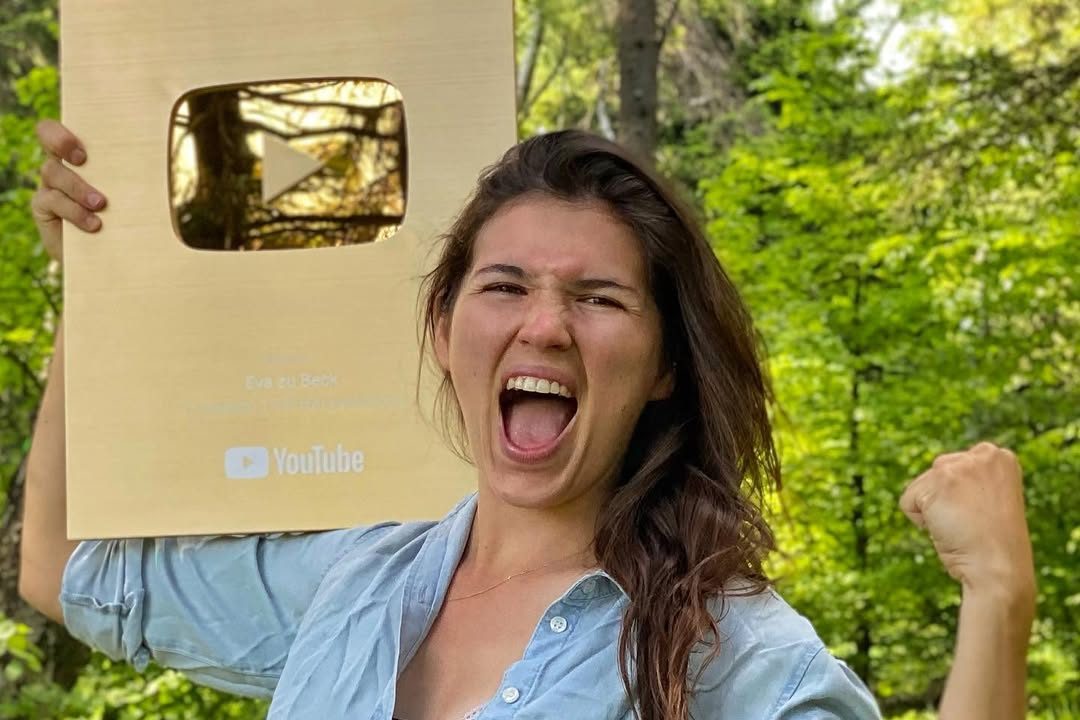
A Dream Unveiled in Iran
Salaam, Iran 🇮🇷✨ I’ve been dreaming of this trip for too long. Now that I’m here, it feels like a fantasy coming to life, unveiling itself in the most multifold ways.
See, Iran is just so many things. I don’t know whether I should be looking at the landscapes, reading the poetry, taking in the Persian history or trying to get an understanding of Iran’s modern identity. Maybe all of them, all at once.
I can sense already that this will be a journey to remember.
Plan your own unforgettable journey to Iran with our easy visa application guide at Apply for Your Iran Visa.
Skiing in the Unexpected Slopes of Dizin
Believe it or not, skiing was one of my main reasons to come to Iran. It gave me the final push to book my trip on a one-week notice, while the snow was still fresh and the slopes empty.
The funny thing is, Iran isn’t widely known for its skiing. And yet, once upon a time, some people in the country had a dream to develop Dizin, Iran, into the biggest ski resort in the world. It was going to stretch from Tehran all the way to the Caspian Sea.
History took its own turn, however, and that dream never materialised. But the slopes of Dizin are still vast and majestic. All day, I found myself riding in fresh powder, the snow so fluffy and bouncy I felt like I was flying.
And guess what: we had the slopes all to ourselves. Apart from a bunch of local snowboarders and a smattering of tourists from different countries, it was just us, the snow and the blue, blue sky.
Did you know you could ski in Iran? 😊
Discover the best ski resorts in Iran, including Dizin, at Explore Iran’s Ski Pistes.
The Mythical Valley of the Stars
Once upon a time, many years ago, a shooting star bolted across the sky. On its celestial route, the star spotted the earth, and on earth, such beauty that in dazzlement it changed its course.
On its way down, the star fell on a warm-toned, rugged Island surrounded by blue waters. As it hit the ground, it shattered that earth which it had held so dear, and splintered into a million pieces.
Its impact created the Valley of the Stars, a labyrinthine set of gorges and canyons in the heart of Qeshm Island, Iran. Or at least that’s the legend that the people of Qeshm themselves might tell you… if you ask.
Visit Qeshm Island and uncover the magic of the Valley of the Stars at Explore Qeshm.
The Pink Mosque: A Kaleidoscope of Serenity
Some places are just as majestic in real life as they are in photos. Nasir-ol-Molk, the Pink Mosque, is one of them.
I had seen it on Instagram, and wondered whether people just over-edit their photos to create this kaleidoscopic effect. 🌺🌼🌸 They don’t. It’s even more awe-inspiring when you see it in person.
Mesmerized, I stayed for a long while, watching the colours change, filling my mind with peaceful thoughts. Not even the tourists coming in and out in noisy groups broke my contemplation.
The Pink Mosque will forever stay etched in my memory as one of the most beautiful places I have ever seen.
See the stunning Nasir-ol-Molk and other breathtaking mosques at Discover Iran’s Beautiful Mosques.
A Mosque as a Safe Haven
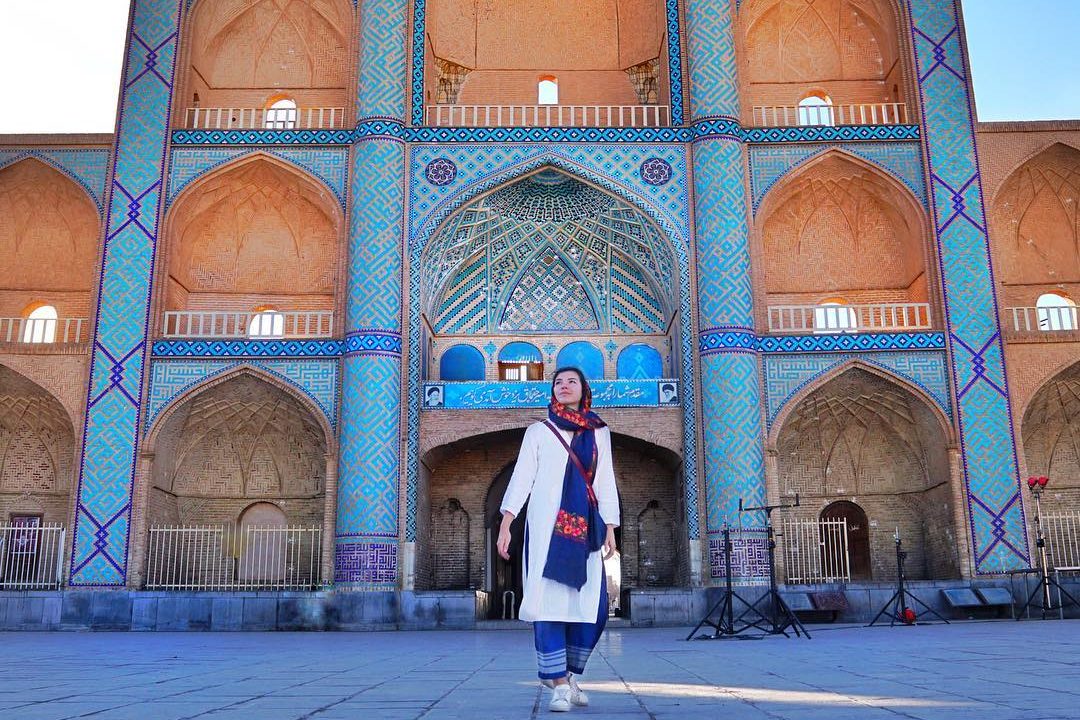
Today, I did what I always do in new cities: wandered around the streets, alone, letting myself get lost in their winding geometries. As I turned into a particularly narrow alleyway, I heard unexpected footsteps behind me.
I turned around and saw a young man, 16 years old perhaps, who started calling out to me. There was something in his demeanour that threatened me, so I just said “No, no. Khoda Hafez” (Goodbye). But he came closer and before I could bat an eyelid, his face was a few inches away from mine, with a vulgar expression, and getting closer. There was nobody around, and it would take a few tight corners to get away from this narrow alley.
I swung around and screamed “Help!” at the top of my lungs. It was the only thing I could think of. He ran away immediately.
Now, jerks are everywhere, and I’ve had situations like this happen to me in Europe too. Unfortunately, it’s nothing new. Some men seem to perceive solo female travellers as great targets for harassment.
But what I REALLY want to talk about is what I did after. Shaken from the unwanted encounter, my heart still pounding, I needed to recompose myself.
I looked up, and headed straight for a minaret. Two minutes later, I was inside a mosque.
A mosque. A safe haven. And I’m still here, sitting on the floor, my back against a stone column, facing the prayer hall.
To be honest, it surprised me just how quickly my mind associated a mosque with safety in that moment. I wouldn’t describe myself as a religious person in the conventional way, and so my relationship to holy places is typically a little detached, more spiritual than religious.
Reflections on Media and Reality
one year ago, I recall asking a friend in London whether it wasn’t scary for her to travel to Iran as a woman. “Isn’t it unsafe?” I enquired, “Don’t they dislike the West?”. More questions.
I asked, because in the UK, all the news I saw coming out of Iran were gatherings of black-clad people burning the American flag, chanting “Down with the USA”. As it turns out, I was wrong. Because here is another Islamic Republic, and another distorted, one-sided, Islamophobic narrative fuelled by the Western media.

Now, having lived in Pakistan for 8 months, I have come to realise how faulty these narratives are. In attempting to simplify the world, they reduce a people, a nation, a history, to selective clickbait vignettes aligned with the interests of political lobbies.
But here’s the good news. When I told my friends in Pakistan about my upcoming Iran travel plans, nobody asked “isn’t it unsafe?”. Not a single person questioned the security situation or the nature of the people here in black and white terms.
On the contrary: People in Pakistan were excited for me to go, and many exclaimed that Iran tops their travel bucket list! Now, this is a perspective you would struggle to find in the West.
And this is the greatest thing about living in a part of the world different to the one you were raised in: the gift of a new viewpoint.
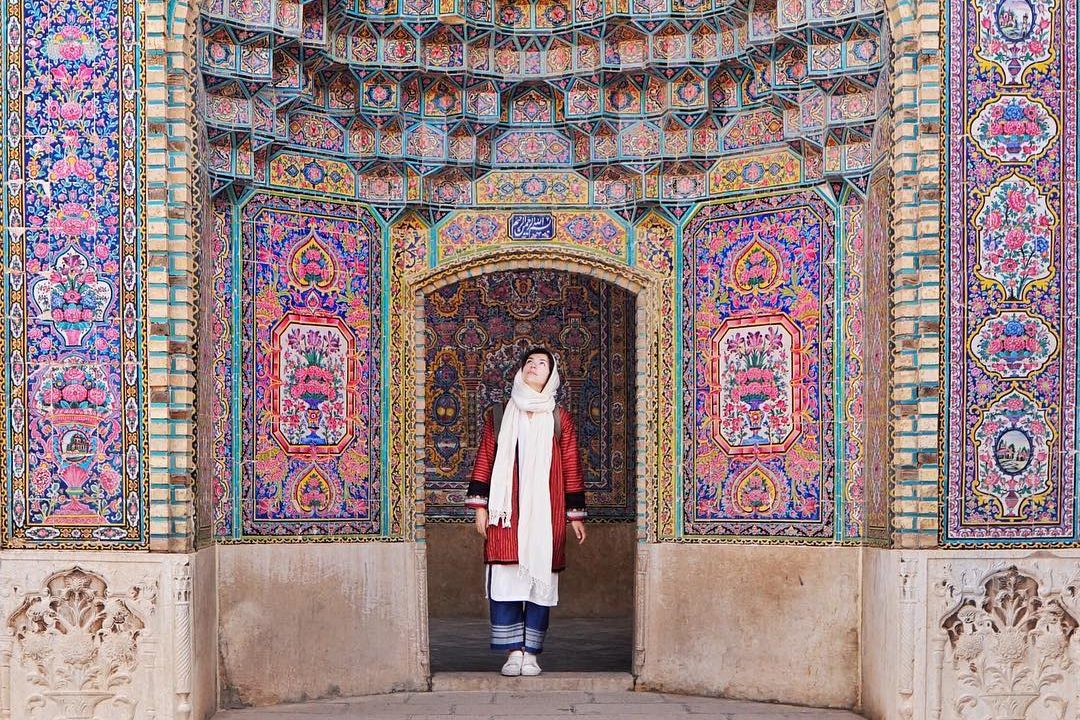
You learn to notice the difference between true reality and media-made perspective. You see that the relationships between governments and the people they represent aren’t always linear. You come to distinguish between a judgmental look and a curious gaze. And perhaps most importantly, you understand that “why” should never be an exclamation, but always, always, a question asked with the mind willing to receive an answer it didn’t expect.
And those are only some of the mind-opening lessons I learned from spending so much time in Muslim-majority countries. This, and so much warmth of ❤️ heart.
Curious about the safety of traveling to Iran? Check out Is Iran Safe to Travel?.
Why Iran? A Personal Quest
Why did you go to Iran?”. I get this question a lot.
When I asked other tourists, they said they came here to learn Farsi, or they heard that it wasn’t as unsafe as the media would have you believe, or they thought it would be an unusual adventure.
For me, it’s about continuity and growth.
It’s a personal journey. It’s about finding out for myself whether what I’m being told by media is true. The inconsistencies and flaws of how Western media portray Iran, Pakistan, Iraq, for example.
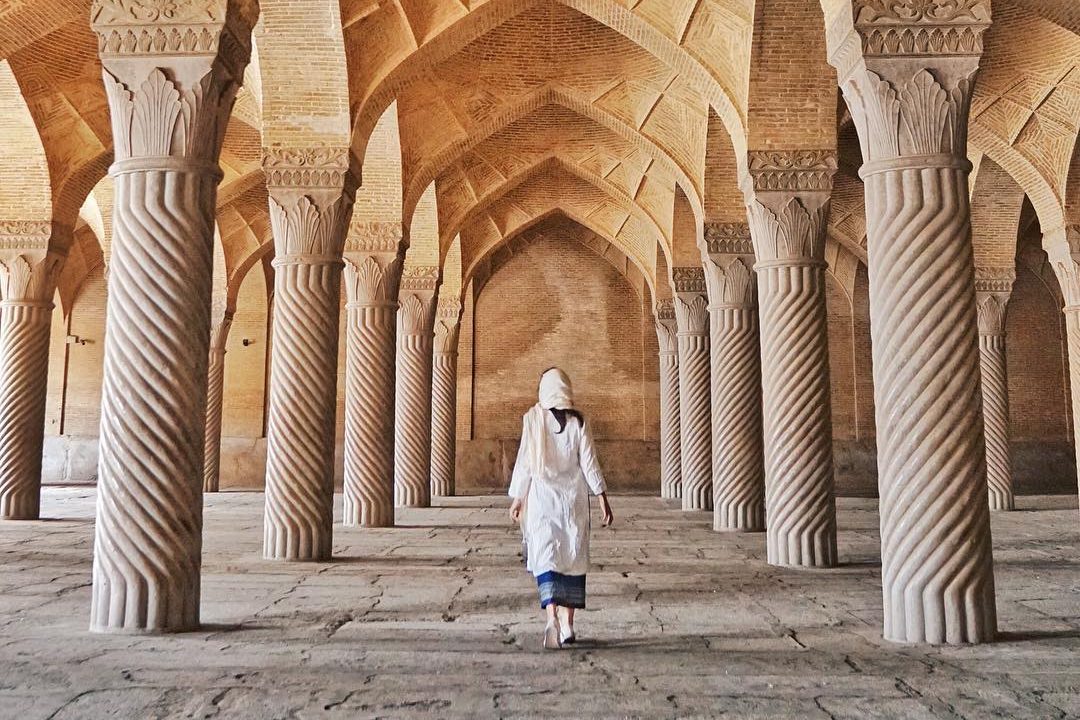
Here’s an exercise I do when I go to a new country: I type the country’s name into Google News and read the headlines. Then I get up, walk around, smile at people, drink tea, and feel. In that same place.
It really hits you then, just how the media oversimplify the world and reduce it to a few memorable catchphrases. Vignettes.
It hits you just how YOU are the product of what you’re told. And it hits you just how badly you’re influenced by the information you consume, the bubble you surround yourself with, the belief system you’ve been gifted by your own context.
And that clash, that realisation, that’s what makes me feel like I’m growing, evolving, as a human being, on an extremely personal level.
So that’s why I’m in Iran. That’s why I was in Pakistan. That’s why I’m going to Iraq. I always look forward to sharing these stories with you.
Discover fascinating insights at Facts About Iran.
The Timeless Celebration of Nowruz
Here in Iran, the entire nation is busy preparing for the Persian New Year: Nowruz. ✨ This 3,000-year-old tradition has roots in (probably!) Zoroastrianism, which is also known as one of the world’s oldest religions.
I find it absolutely fascinating how this celebration has stood the test of time and ideological and religious shifts, still thriving in today’s Islamic Republic of Iran.
Even more interestingly, when I published my Instagram story earlier today about the Fire-Jumping festival Chaharshanbe Suri, I was flooded with messages about where else Nowruz is celebrated. Not just in Iran, Iraqi Kurdistan, the -Stans and parts of Pakistan or China.
So many of you also urged me to include Afghanistan on the list. And so, here, I am including Afghanistan on the list, myself surprised that this ancient and non-Islamic festival is still being celebrated there. ❤️ How wonderfully layered and complex the world is!
Tell me if you know anything about how Nowruz is celebrated in different countries!
Learn about the vibrant history and traditions at What is Nowruz?.
Yazd: A City of Faith and Wind Towers
This is Yazd. Surrounded by desert, supposedly “conservative”, with chimney-like constructions – wind towers – dotting the skyline. ✨ It also happens to have been a historic hub of Zoroastrianism, one of the world’s oldest religions.
I think that’s what drew me to this city in the first place: its position at the crossroads of faiths, weakened by time, but firm in its roots.
The Zoroastrian philosophy is simple. At its heart lies positivity: “good thoughts, good words, good deeds”. The idea is that if your thoughts are pure, then so will be your words; if your heart is pure, so will be your actions.
And that’s quite simple and powerful, isn’t it?
Explore Yazd and other heritage sites at Iran’s UNESCO Sites.
The Power of Persian Poetry
Did you know that I studied literature at university, and specialised in poetry? 😜 All I wanted to do at that time in my life was read poems, feel them, think and write about them. I specialised in some of the most “obscure” and difficult of poets, relishing how their words made my soul explode into flights of emotion and fantasy.
My focus was German and French poetry, since those were the languages I was studying too, meaning I could read the poems in the original language. It was only after university that I came across Persian poetry (in translation). And, of course, Rumi. The Persian poet and mystic, the Rumi who has gained such huge popularity in the West that his verses adorn many Instagram pages today. The Rumi who continues to be a best-selling poet, including in the United States. I’m still not sure whether that’s an ironic fact or not.

Make no mistake: I absolutely love a good Rumi poem. But being here, in Iran, a land with such a rich and distinguished tradition of poetry, I can’t help but learn about the other poets, many of them held in much higher regard than Rumi: Hafez, Ferdowsi, Khayyam, to name but a few.
And it makes me wonder: where is their acclaim? Perhaps they’re not as quotable (look at Rumi: he is the perfect definition of bite-size poetry). Perhaps their translators didn’t do as good a job in bringing his words across in a way that speaks to everyone.
Yes, I wonder. But as a student and lover of poetry to this day, I hope to bring you some quotes from the others too. Because yes, I have just purchased a book of Persian poetry in translation 😍 and I’m drooling all over it already.
Photo: tripod and self-timer.
The stars will be watching us
And we will show them
What it is to be a thin crescent moon
- Rumi, 1207-1273
Understand Iran’s culture and dress respectfully at What should I wear in Iran 2025? A guide to Iran Dress Coderan’s Dress Code.
Poetic Reflections on Loss
But little those
Who on the shore repose
Know of the woe that we
Bear on the stormy sea
- Saadi of Shiraz, 1210-1292
In the memory of the 49 lives lost in the terror attack in Christchurch. May their souls live on in our souls. 💛
Discover more about Iran’s rich heritage at Facts About Iran.
When Words Fail
Sometimes, inspiration doesn’t come, even if you find yourself in the most inspiring of places. Sometimes, you write for ten minutes, only to delete entire paragraphs with a single tap of the finger.
The words don’t come, the thoughts don’t compose themselves.
Maybe you’re having a bad day, maybe you slept too little, or maybe you find yourself distracted. Maybe someone was nasty to you, maybe you were nasty to someone.
Either way, the words don’t come.
Sometimes, I think, it’s better to stay silent than to say something meaningless.
So, in that case, I’ll speak to you tomorrow 😉
Conclusion: An Invitation to Discover Iran
Iran has been a tapestry of surprises, from its snowy slopes to its poetic heart and vibrant traditions. This journey has taught me to question narratives, embrace new perspectives, and find beauty in the unexpected. Have you been to Iran or is it on your travel list? Share your thoughts and let’s inspire each other to explore this incredible land! 🇮🇷






























